Cloning
China Successfully Clones First Tibetan Goats Using Same Procedure in Cloning Dolly the Sheep
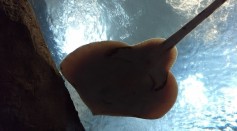
Pregnant Stingray Puzzles Staff at North Carolina Aquarium: Immaculate Conception or Interspecies Mystery?

Biggest Cloning Misconception: Clone and Donor the Same? No, They’re Not
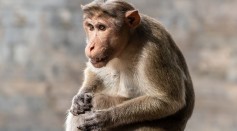
Cloned Rhesus Monkey in China Survives Into Adulthood, Marking a First in Primate Cloning
Creator of Dolly the Sheep Ian Wilmut Dies at 79, Leaves Behind Legacy in Regenerative Medicine
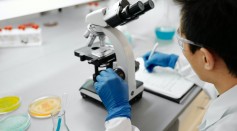
Wild Horse Species Saved From Extinction by Cloning; Provides Hope for Biodiversity

Agriculture Breakthrough: Researchers Reach 95% Success Rate in Cloning Hybrid Rice Seeds; Will Feeding Billions of People Be Possible Soon?
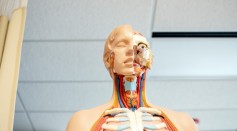
Can Cloning Make You Live Forever? Controversial Human Clones Could Offer Spare Human Organs For "Part Replacement" in the Future

A Kyiv Start-up Company Recreated Darth Vader's Voice Through AI Voice Cloning
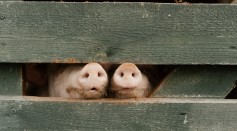
AI-Powered Robot in China Gives Birth to Seven Piglets, Marks Success of First-Ever Automated Animal Cloning Technique

Is Pet Cloning A Good Idea? Here's Why the Rich Society Spends Up to $50,000 to Clone Their Fur Babies
Black-Footed Ferret is First Cloned Endangered Species in the US
Wild Horse Cloned to Help Conserve the Endangered Species
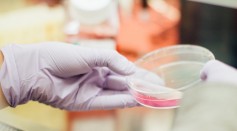
Research Uses Brewer's Yeast To Clone the Coronavirus; Reconstruction and Modification of the Virus Made Easier
Most Popular

How Technology Is Changing the Real Estate Industry?

How a Plant-Based Diet Can Protect Against Breast Cancer: Insights from Nutrition Research

Study Reveals High Turnover in Scientific Research Careers: What This Means for Future Scientists

Why It's So Difficult to Lose Weight: The Biological Explanation Behind Obesity





